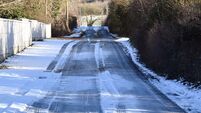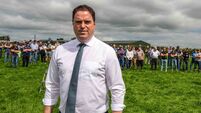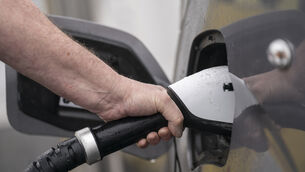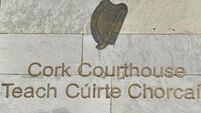Rural Ireland ‘like the 1930s’ with hundreds of thousands without power after storms

Caravan park owner Miko McCormack surveying the damage done to his business at Fanore Co Clare after Storm Éowyn. Picture: Eamon Ward
Ireland has lodged an emergency request for help with the EU for high capacity mobile generators, coming amid fears that over 100,000 people could be without power into next month.
As ESB Networks crews worked across the weekend in difficult conditions to restore power to more than 490,000 people, it confirmed that about 278,000 people could be without power until Friday.
ESB Networks is deploying crews from the South of the country and Dublin to the worst affected areas, it’s bringing back skilled retirees to help, and repair crews from Britain are also involved in the mammoth power restoration operation.
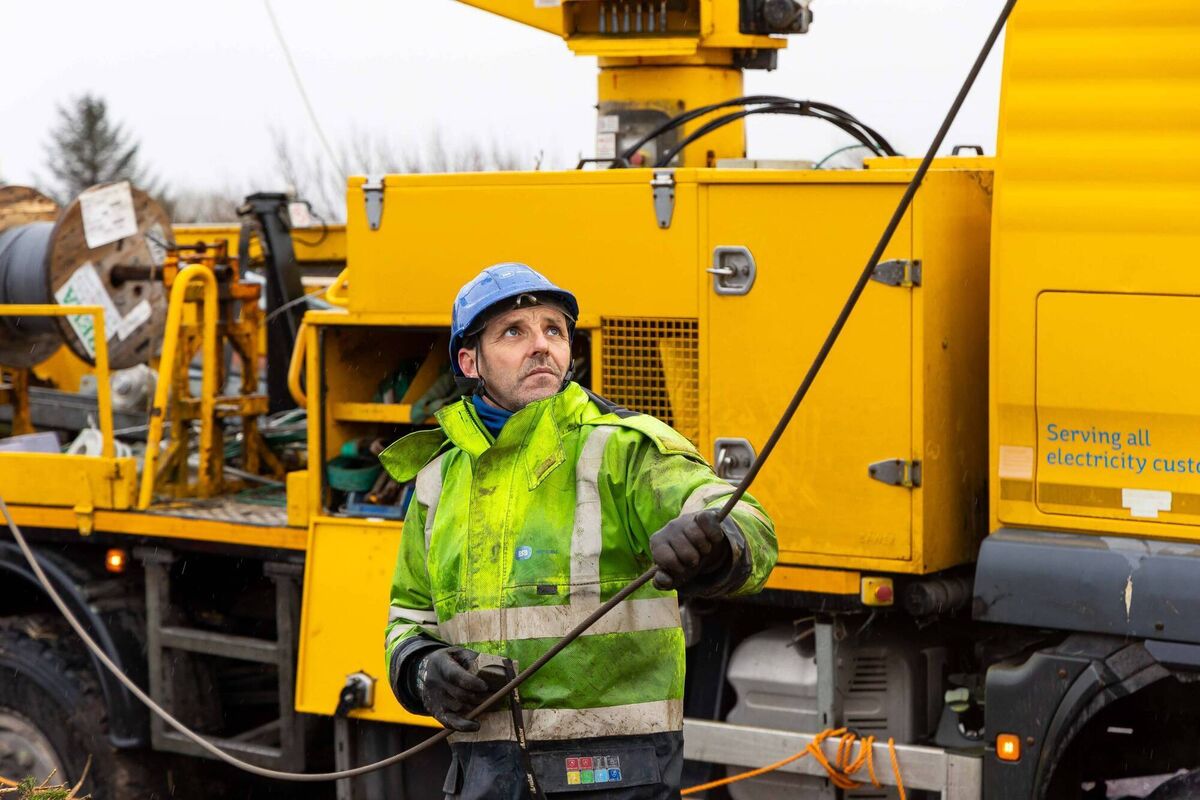
However, with a further 100,000 facing into next week without power, the State made a formal request on Saturday for help through the EU’s disaster response mechanism, the Union Civil Protection Mechanism (UCPM).
It is announced the setting up of emergency response hubs in the worst-affected parts of the country to provide basic needs — such as water, hot food, phone charging facilities, broadband access, showers, and clothes-washing facilities.
The EU’s mechanism was activated for Spain last year in response to the flooding disaster in Valencia, which claimed the lives of more than 220 people.
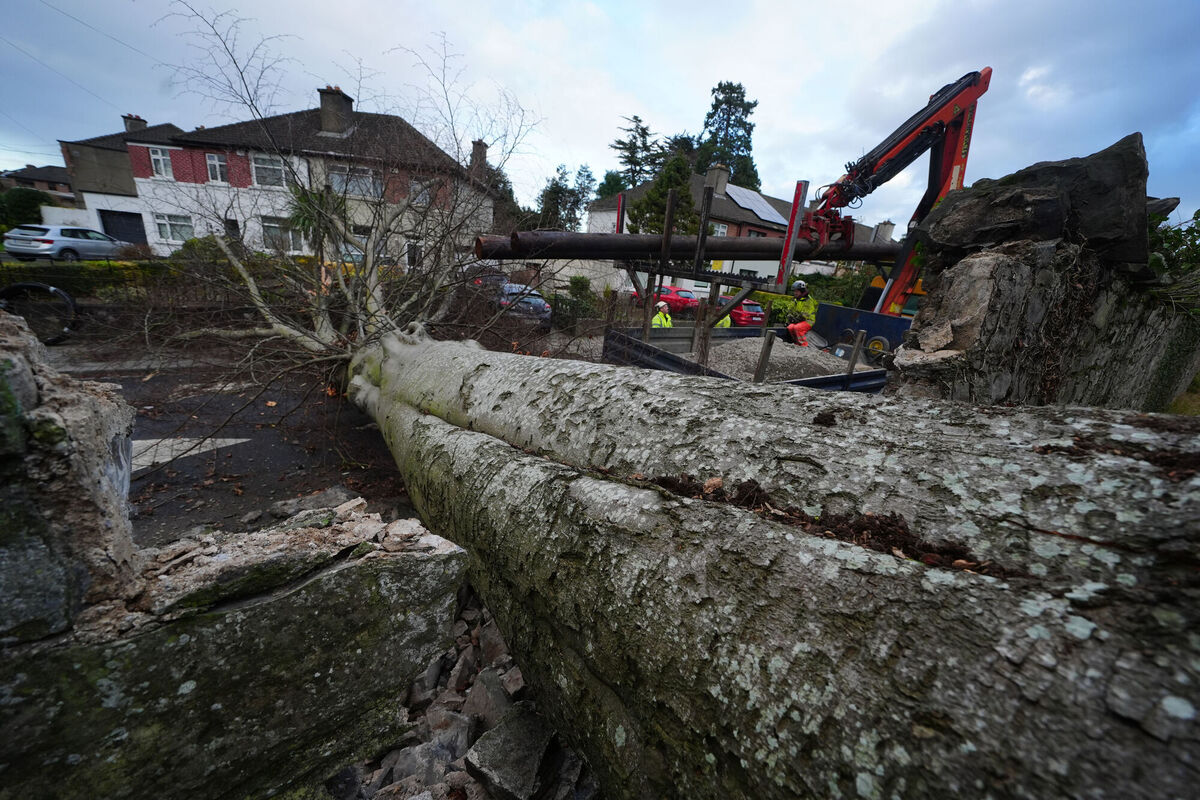
Ireland has made a specific request for large, high capacity mobile generators to support critical infrastructure operators — such as water and telecommunications — that have been affected by the widespread power outages, a government spokesperson confirmed. Ireland’s European commissioner, Michael McGrath, said he is aware of Ireland’s application to the EU for help and is lending his full support.
Independent Ireland MEP Ciaran Mullooly, who made contact on Saturday with European commissioner Hadja Lahbib — who is in charge of preparedness and crisis management — welcomed the move.

However, he said it should have been made sooner when Ms Lahbib confirmed that her emergency response coordination centre (ERCC) has been in contact with the Irish civil protection counterparts since January 22 to offer any support needed.
The centre has provided analytical emergency reports to the Irish authorities on the storm impact and forecasted damage, and also provided Copernicus rapid satellite mapping facilities on Friday at Ireland’s request.
Mr Mullooly said: “It’s clear from my contacts with commissioner Lahbib that her office was in contact with the Irish authorities on Wednesday, when we knew this was going to be the worst storm in decades, so my question is: Why was this request for emergency assistance not made in advance?
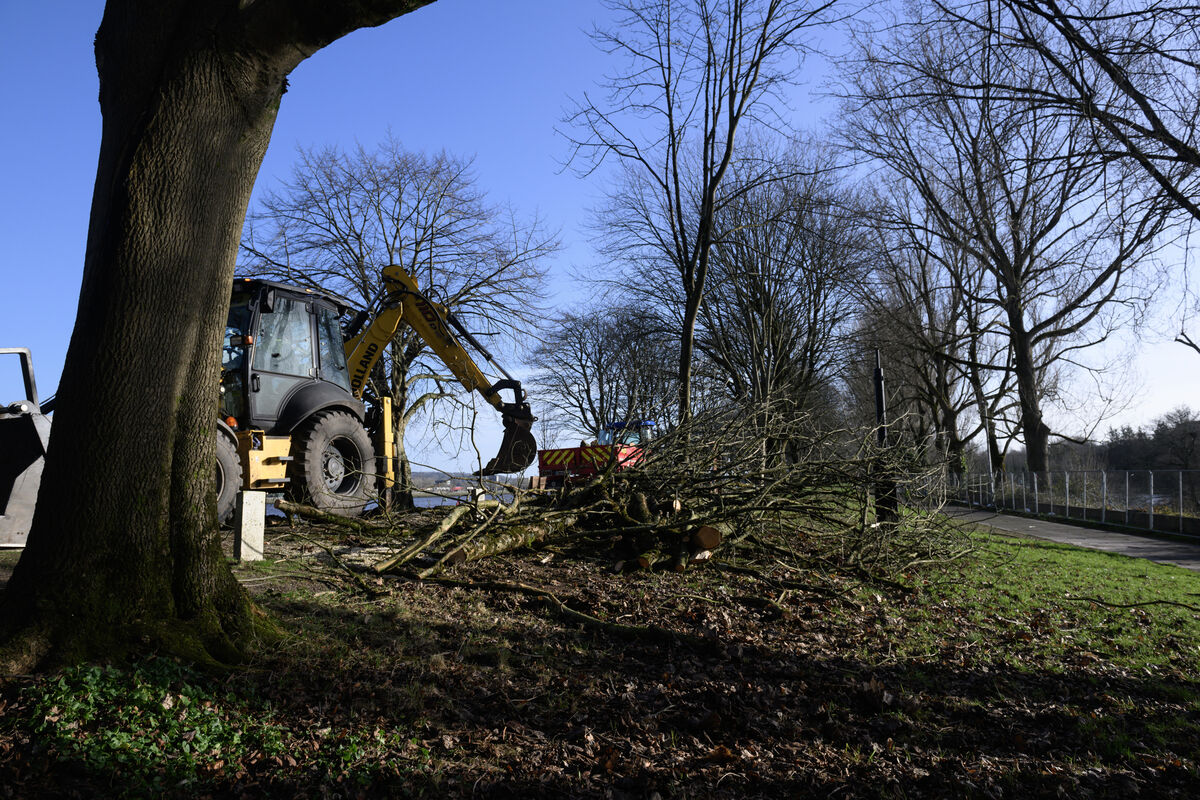
“We knew it was going to be bad, and this mechanism is there. We should have been more proactive. But rather than engaging in a blame game now, I think we just need to get on with it.
“There is no appreciation in parts of Dublin about the conditions in some parts of the country, especially in rural Ireland. Tens of thousands of people have no power or water, they can’t make phonecalls, they can’t text, and have no broadband.
“It’s like 1930s living in some places, with people driving 50 miles to make a phone call.
“I am deeply concerned about people who are living in isolated areas. We just have to put measures in place to have necessary power available. These storms aren’t one in 100 years anymore. I think there is a business case to be made for investing in mobile generators ourselves so that, when the next storm hits, Uisce Éireann has its own generators to at least keep the water flowing.”
Uisce Éireann crews are also working flat out to restore supply to about 109,000 people, with supply to 126,000 people at risk, and another 112,000 relying on generators for their supply.

The Lough Mask water treatment plant was repaired overnight on Saturday, returning water to 48,000 customers in Mayo. However, of its 698 water supply schemes, there are 41 where no water was available in all or part of scheme.
Alternative water supplies and tankers put in place with the impacted areas the West and Midlands — including Galway, Mayo, Clare, Cavan, Monaghan, Westmeath, Donegal, and Longford.
Uisce Éireann head of water operations Margaret Attridge said the number of people experiencing loss of supply due to power outages remains significant.
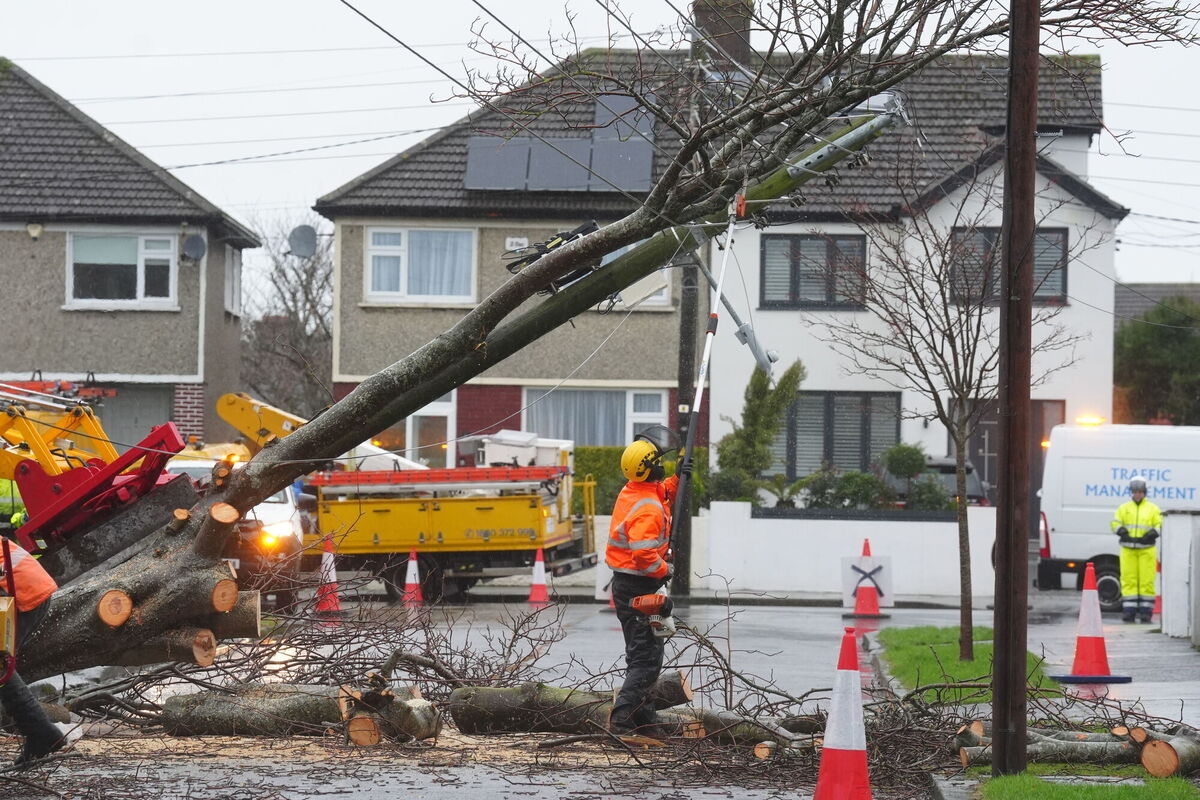
“Our crews are on the ground in all impacted areas working to restore water services as quickly as possible, but given the extent of the damage to the power network, it may take some time before full service is restored everywhere,” she said.
Meanwhile, the national blood supply has fallen critically low — prompting an appeal from the Irish Blood Transfusion Service (IBTS) for immediate public and donor support.
It said current supplies for many blood groups are under three days with the storm and high levels of respiratory illness impacting on blood collections.
The service’s director of donor services and logistics, Paul McKinney, said it needs over 12,000 donations in the coming days and weeks to restore the blood supply and safely support the health service.
Read More
Check out the Irish Examiner's WEATHER CENTRE for regularly updated short and long range forecasts wherever you are.




